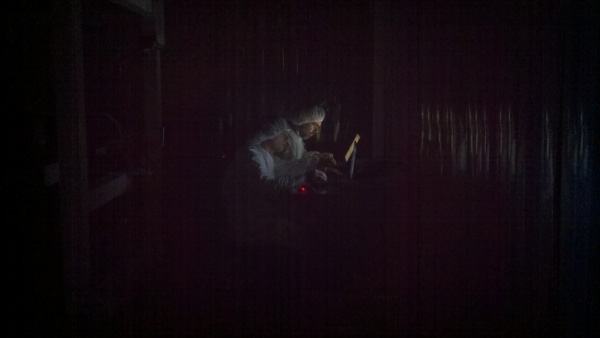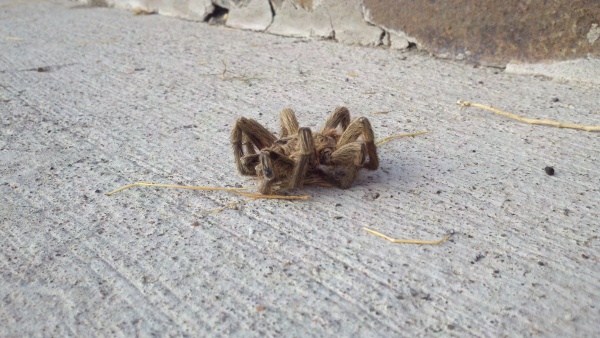Several members of the MagAO team are in Amsterdam for the SPIE astronomy conference. In addition to presenting several posters and giving some talks, we are also conducting the Clio2 pre-ship review on Wednesday. A busy week.
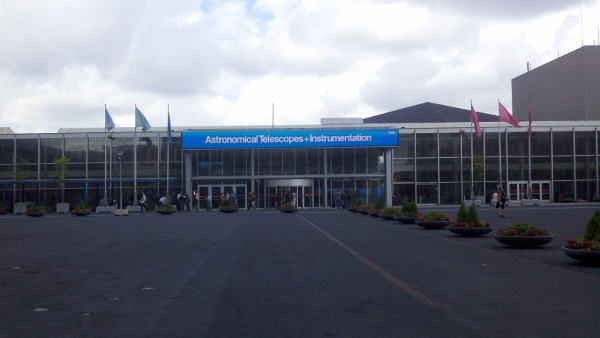
Home of MagAO and MagAO-X.
Several members of the MagAO team are in Amsterdam for the SPIE astronomy conference. In addition to presenting several posters and giving some talks, we are also conducting the Clio2 pre-ship review on Wednesday. A busy week.

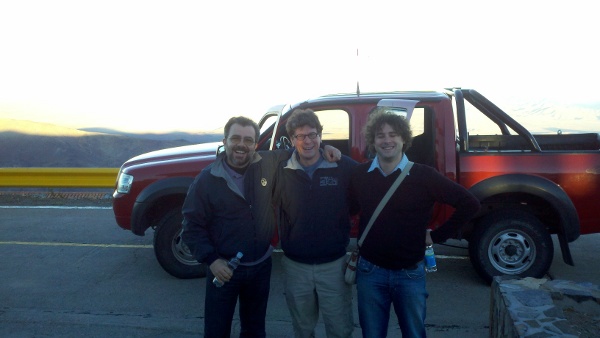
After they left, Laird and Jared spent the rest of the day covering optics, organizing the cleanroom, backing up disk drives, and generally getting everything presentable. Not quite the way we found it, but presentable. We’re heading down to La Serena on the 1130 transport tomorrow.
I know you’re just here for the animals, so here you go:
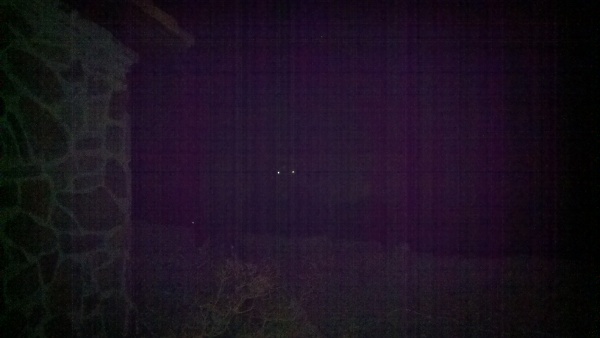
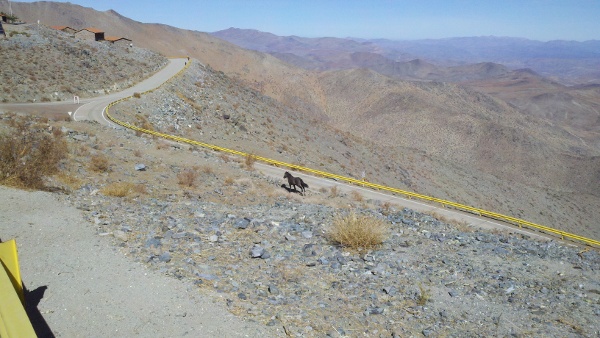
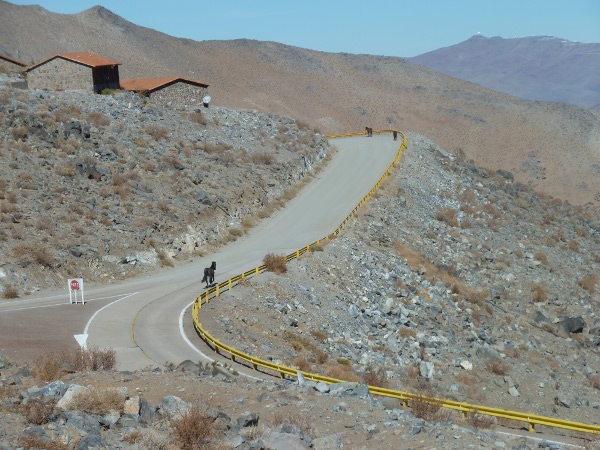
The big accomplishment of the day was finally catching our own glimpse of the famous vizcacha who lives over our clean room.
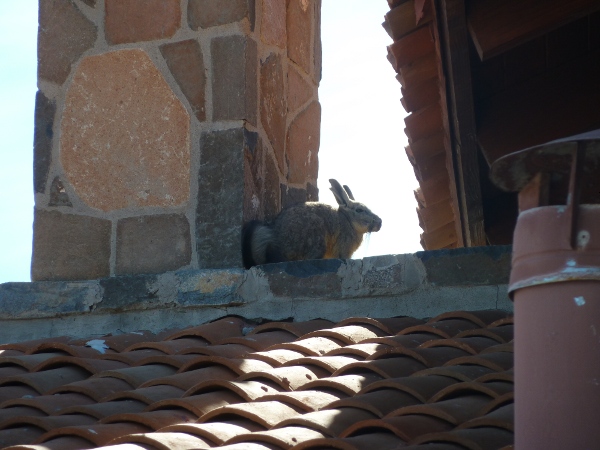
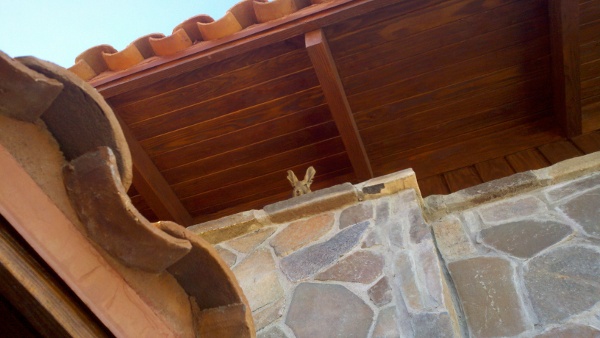
Today’s quotes:
“I could really go for a beer.” (Laird Close)
“Yeah.” (Jared Males)
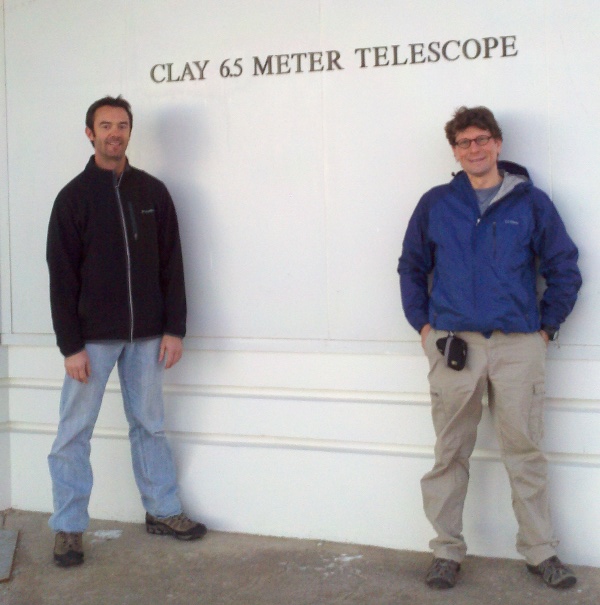
Over two weeks in and we still have plenty to do.
In the morning we mounted the calibration return optic (CRO) truss and the CRO itself, to make sure they still fit.
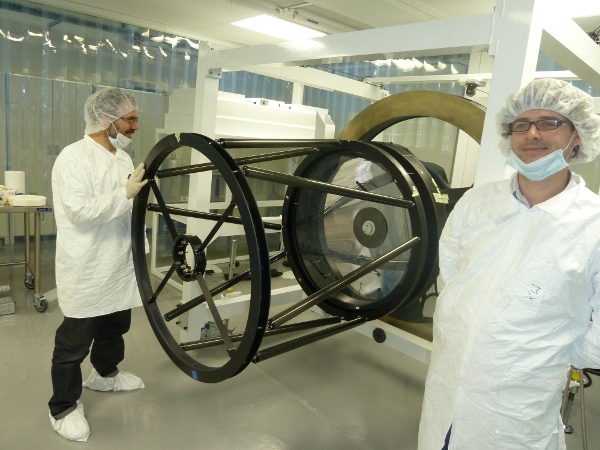
In the afternoon the ASM was unplugged, and wrapped up for safe keeping while waiting for our turn on the telescope.
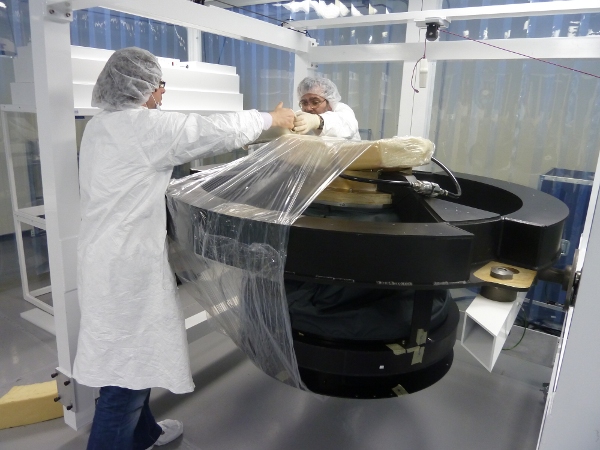
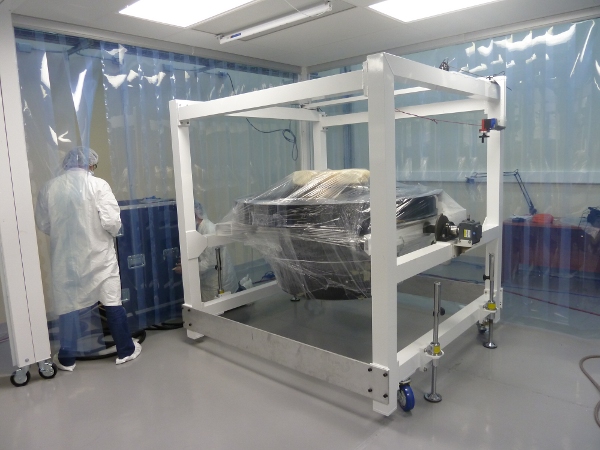
Glenn and Jared connected our software to the telescope network today, and tested our communication protocols on a real telescope control system (not connected to a telescope, of course). We found a few error handling bugs on our side, but otherwise it went very smoothly. Our software works!
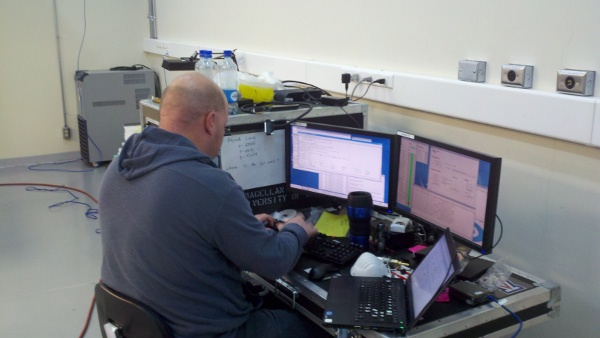
And finally, after dinner Laird and Jared spent some time playing with the VisAO camera. We have only ever found time to do this a handful of times – we are usually too busy worrying about the WFS or the ASM or some plumbing issue.
We put a new fiber on our alignment laser, which passes the laser’s 630nm light. Previous fibers have corrupted the light too much at this short wavelength. This one worked great, and we were able to take 2.7 pixel images. This is exactly what we expect for our camera imaging a 4.3 micron wide fiber. This corresponds to 20.0 milliarcsecond FWHM on sky at Magellan with our system – amazing!
After that, we started playing with our coronagraph. We have small a metal dot which we can place almost right in front of the CCD47, which we use to block the bright core of starlight.
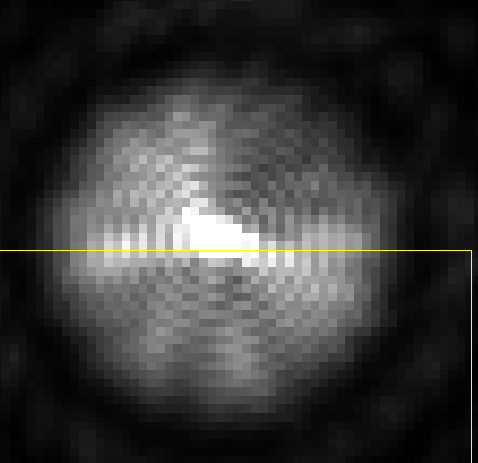
And returning to our obsession with repeatability, we took a video of slewing our gimbal mirror off the coronagraph and back on. This stability will be extremely important on sky so that we don’t spend time re-aligning on the spot.
We don’t have any animals tonight. I tried to get some bird pictures, but couldn’t get close enough and it would be hard to top the Vizcacha from yesterday. Here’s a shot of LCO from the west.
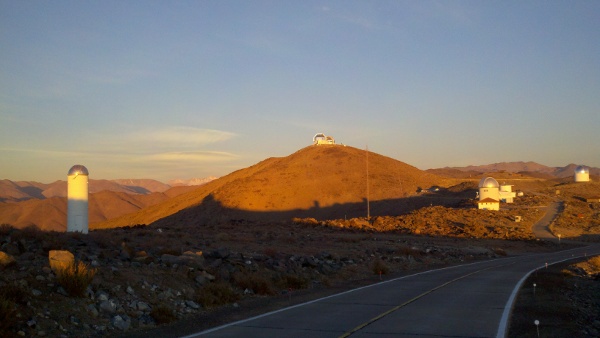
Things are winding down here.
Today we did a big set of readout noise measurements on both of our cameras. We did a preliminary set a few days ago to make sure shipping went okay, but now that we are pretty much fully integrated we did it again. We’re really happy with the results – it looks like both cameras are performing as well as they ever have. Maybe the most important result is that there is no sign of any coupling between the cameras or any interaction with other components of the system. That means that no matter what I turn on or off while taking data the noise doesn’t change. Great news!
We routed our cooling hoses around the NAS, making sure they all fit. We won’t actually run glycol through them until our next trip.
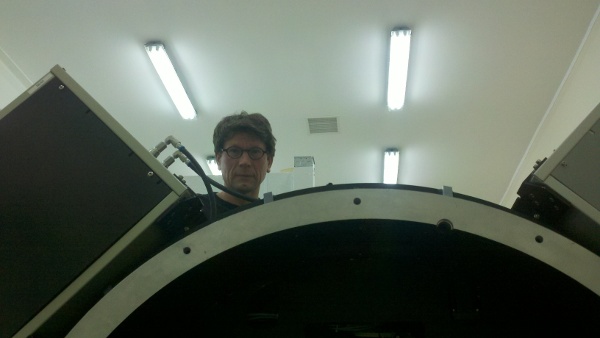
Marco already told us about the final steps in ASM testing, and lots of other odds and ends were taken care of in WFS land too. But that’s enough work for today.
Today’s quote: “I can’t tell if you’re here to do zoology or adaptive optics.” (Glenn Eychaner)
This morning Amanda Zangari, who is using the Clay telescope, was walking down after sunrise and spotted a Vizcacha outside the Astronomer Support Building. In exchange for a tour of the AO system today, she sent me these pictures to post.
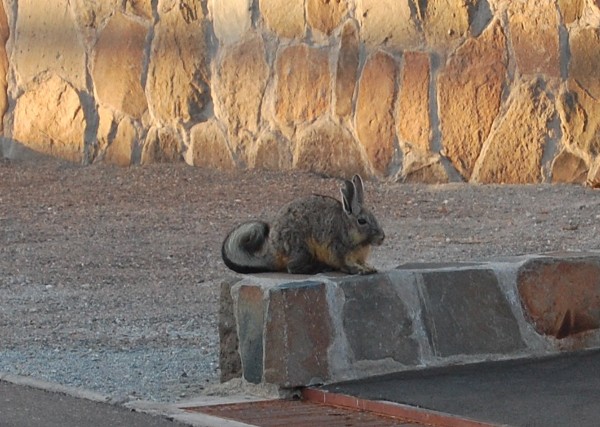
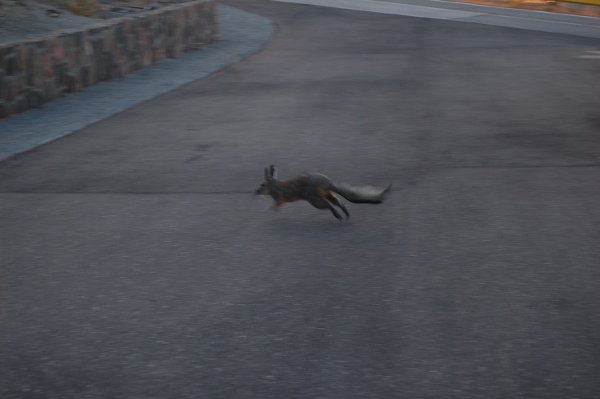
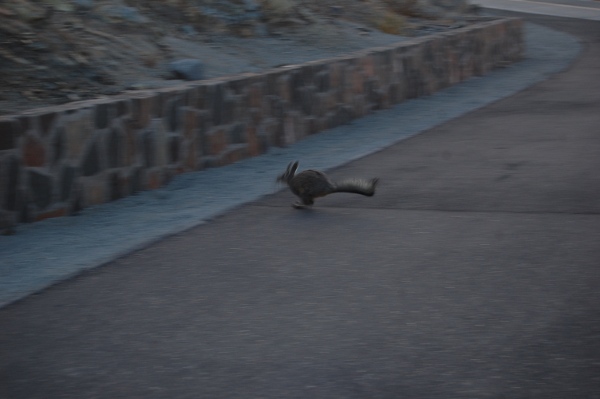
Now that we know they’re around, I think it’s official: VisAO has a mascot.
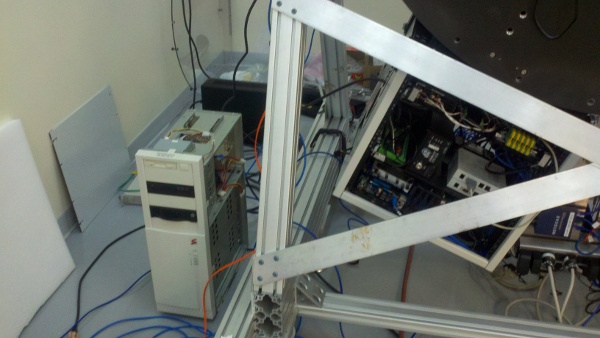
And I managed to catch the Magellan telescopes right at sunset tonight.
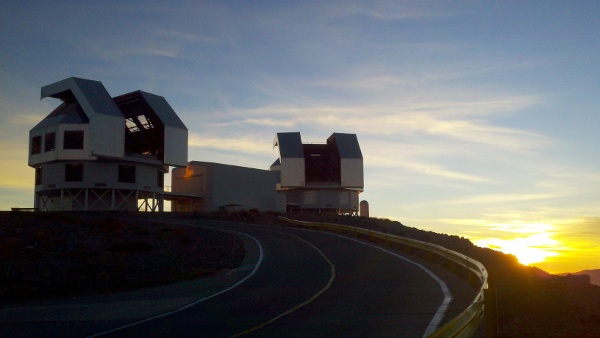
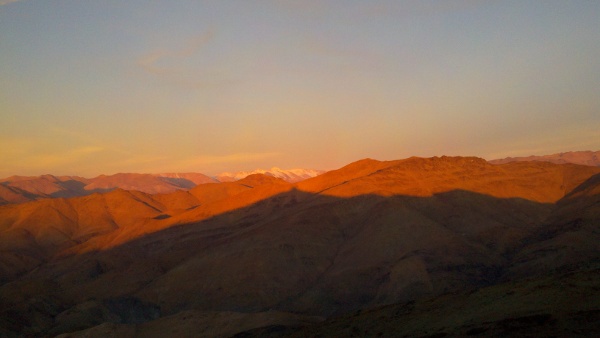
Tip for users of pyramid wavefront sensors: you are not very sensitive to focus with a large modulation amplitude. For MagAO in particular, you have to get amplitude down to ~.1 milliradians before you really have any z-stage resolution.
Tip for users of the VisAO camera: there is a huge factor (it appears to be about eight) between z-stage motion and VisAO focus stage motion. So failure to heed the above PWFS tip will cause you to tear your camera apart several times in one day trying to find why your focus position shifted. You will feel very dumb later.
So that’s the story of Laird and Jared’s day. Because we forgot these two things, we were completely and totally baffled by the results we were getting when running focus tests on our camera. Since we replaced our gimbal mirror (the motorized mirror that lets us steer stars around our detector) we naturally assumed that was the problem. We even made up a bunch of reasons why it could be and proceeded to apply made up solutions. But in the end, we just hadn’t been careful enough with focusing on the pyramid, and so our numbers were meaningless and our time wasted. The good news, I guess, is that we earned a bunch of intuition for how our stuff works. When life gives you lemons . . .
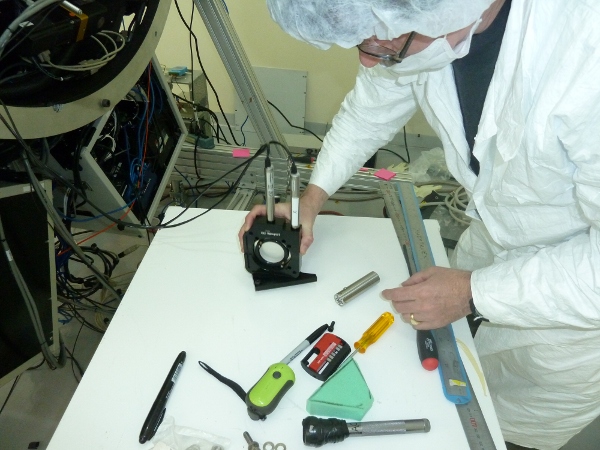
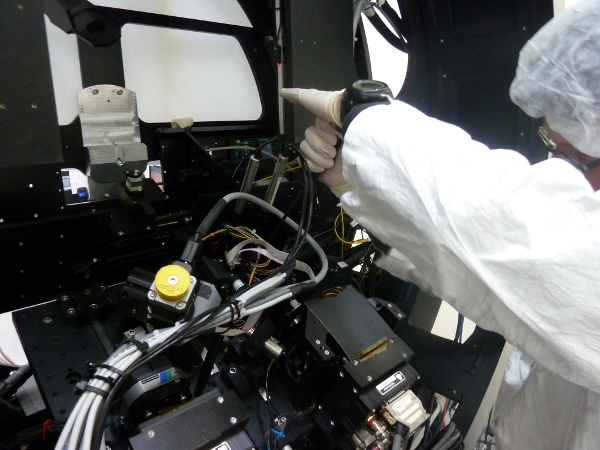
This story started last night, when we figured out how to tighten the beam splitter wheel – making it much more repeatable. This changed the angle of our beam slightly, causing us to adjust our gimbal angle a little.
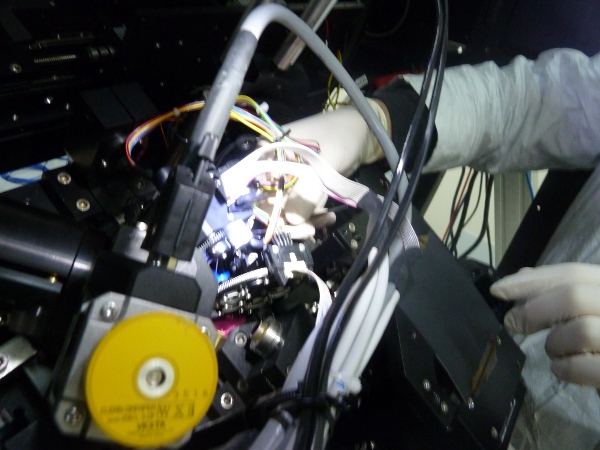
See Katie’s post here for a demo on why we’re so obsessed with our gimbal and beamsplitter. Those two devices need to be reliable and repeatable for us to efficiently acquire the stars we use to measure turbulence. They also need to be as free of vibrations as possible for VisAO science operations.
All this visible light focusing meant working with the lights off in the lab. That didn’t stop the ASM testing.
